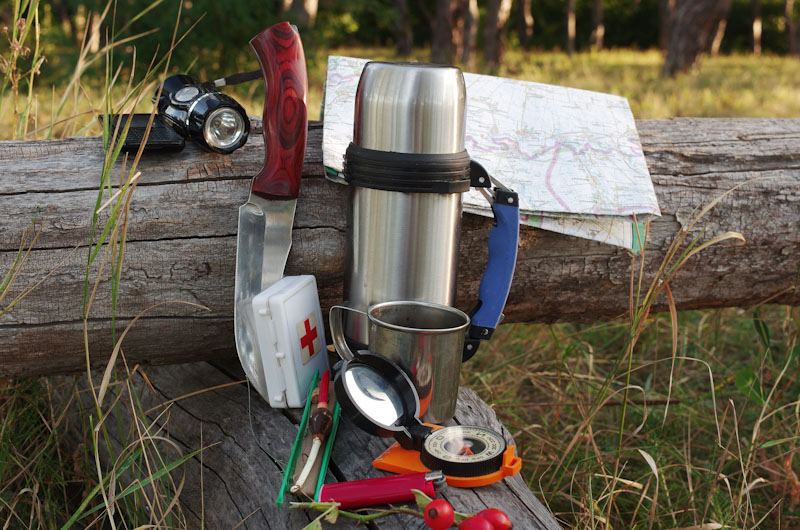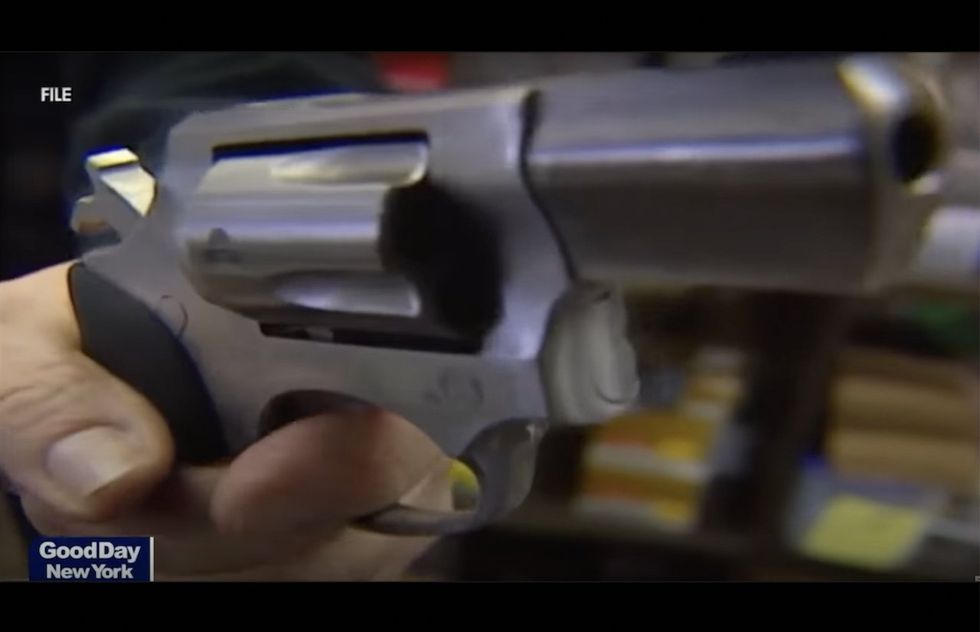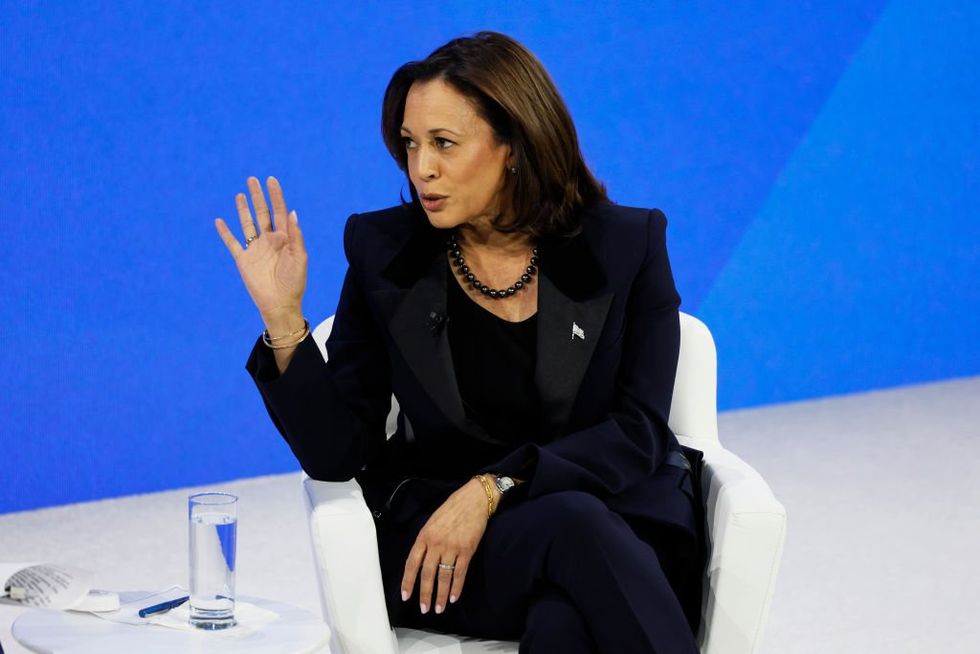
www.dailysignal.com
Gender Reassignment Is No Cure for Mental Health Issues: Study
People experiencing gender dysphoria cannot expect gender-reassignment interventions to solve other mental health issues‚ according to a large‚ Finnish study published last month in the journal European Psychiatry.
People with gender dysphoria “present with many more common psychiatric needs” than the general population‚ the study reported‚ “even when medical GR [gender-reassignment] interventions are carried out.” Based on their finding‚ the authors’ recommended “cautious assessment of the timeliness of medical GR and of other treatment needs that may be more urgent.”
The register-based study reviewed records of 3‚665 people “who contacted the nationally centralized gender identity services (GIS) in Finland in 1996-2019.” Of this cohort‚ 38.4% had received either cross-sex hormones or gender-reassignment surgery‚ or both. The study matched each person in this population with eight people of the same sex‚ age‚ and place of birth‚ resulting in a control group of 29‚292 people.
The authors compared the two groups both before and after the gender-dysphoric person’s first appointment with the diagnostic team at either of the country’s two hospitals that provide gender-identity services—known as the “index date.”
In survey collection‚ a random sample of 1‚000 is considered sufficient for most statistical purposes‚ but Finland’s socialized medicine system enabled the authors of this study to survey the entire population over a two-year period. (One weakness the authors admitted is that it is possible to legally change one’s sex in Finland‚ and government records only listed the legal sex‚ not the birth sex.)
The authors noted a much higher risk that a person with gender dysphoria will need “specialist-level psychiatric treatment” (most often for mood disorders and anxiety) than their age-matched controls‚ and that they will receive more care after entering the system.
Before the index date‚ people with gender dysphoria were 2.4 times as likely to have contact with a specialist-level psychiatrist than the control group (33.0% to 13.7%). After the index date‚ the gender-dysphoric group was 4.2 times as likely to have contact with a specialist-level psychiatrist (60.6% to 14.5%). People with gender dysphoria were 3.2 times more likely to have received inpatient psychiatric treatment before the index date (11.7% to 3.6%) and 4.0 times more likely after the index date (10.7% to 2.7%).
The authors recorded other noteworthy observations about the likelihood of people with gender dysphoria to need specialist-level psychiatric treatment.
Nearly three times as many people with gender dysphoria did not proceed to gender-reassignment procedures if they had obtained serious psychiatric treatment prior to their first appointment with gender-identity services.
The proportion of people needing serious psychiatric treatment increased more (from 15.3% to 52.9%) among people with gender dysphoria who received cross-sex hormones or gender-reassignment surgeries than among those who did not (from 47.0% to 66.7%).
Among people with gender dysphoria‚ fully half of those who received gender-reassignment interventions later obtained serious psychiatric treatment‚ although they were slightly less likely to do so than those who did not receive gender-reassignment interventions.
Among people who obtained serious psychiatric treatment before engaging gender-identity services‚ 70% to 80% of them still needed psychiatric treatment afterward‚ regardless of whether or not they actually received cross-sex hormones or gender-reassignment surgeries.
Zooming out for a broader comparison‚ the authors summarized‚ “both those GD [gender-dysphoria] patients who had proceeded to medical GR [gender reassignment] and those who had not were more likely to need psychiatric treatment after the index date than were the controls.”
How much more likely? That depended (somewhat) on the other variables included in the model.
In the most complex model‚ the authors controlled for year of birth‚ legal sex‚ when patients first sought treatment for gender dysphoria‚ and whether they had previously received serious psychiatric treatment. According to this model‚ people with gender dysphoria were 3.8 or 3.9 times more likely than the control group to need serious psychiatric treatment.
Furthermore‚ they “had an equal risk for later psychiatric treatment‚” regardless of whether or not they had received gender-reassignment procedures. However‚ those who had previously received serious psychiatric treatment before the index date were still 3.1 times more likely to need it afterward‚ too.
The authors recognized that psychiatric issues were on the rise among the general population‚ and this is reflected in the data (for instance‚ a person born in a given year was 3%‚ or 1.03 times‚ more likely to need serious psychiatric treatment than someone born in the prior year).
“The emergence of the widely recognized crisis in mental health among adolescents and young adults throughout the Western world” was “largely associated with the increasing use of social media‚” they noted. “Social media influences may also result in adolescent and emerging adult females—who present particularly frequently with identity confusion—seeking for a solution to their distress through GR [gender reassignment].”
The unique contribution of their study‚ the authors believed‚ was in identifying a link between mental health issues and gender dysphoria. “As far as we know‚ the increase over time in psychiatric [co-]morbidity among those seeking GR [gender reassignment] has not previously been presented‚” they wrote.
The report’s conclusion also undermines a commonly expressed narrative in U.S. debates over gender-transition procedures for minors‚ who lack the power to make permanent‚ life-altering medical decisions in many other contexts.
This year‚ a whistleblower from a transgender center in Missouri said staff manipulated parents into consenting to gender-transition treatment by presenting them with a false choice between transition and suicide. “A common tactic was for doctors to tell the parent of a [girl]‚ ‘You can either have a living son or a dead daughter‚’” she said.
This suicide argument even made an appearance in legislative debates‚ when Nebraska state Sen. Machaela Cavanaugh‚ a Democrat‚ called a bill to protect minors from gender-transition procedures “a stepping stone in genocide.”
However‚ the authors of this large Finnish study arrived at results that “do not suggest that medical GR [gender-reassignment] interventions resolve psychiatric [co-]morbidity among people experiencing gender distress.” In plain English‚ this means that gender-reassignment procedures‚ invasive and dramatic as they are‚ likely will not fix a person’s other mental health problems.
Originally published by The Washington Stand
Have an opinion about this article? To sound off‚ please email letters@DailySignal.com and we’ll consider publishing your edited remarks in our regular “We Hear You” feature. Remember to include the URL or headline of the article plus your name and town and/or state.
The post Gender Reassignment Is No Cure for Mental Health Issues: Study appeared first on The Daily Signal.

















